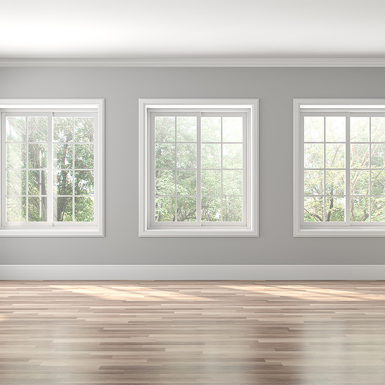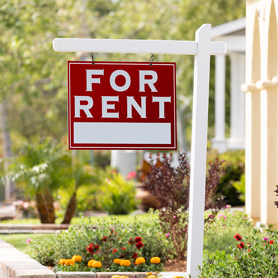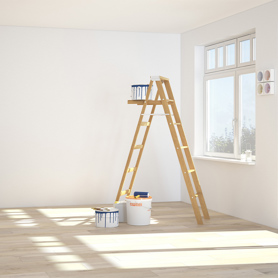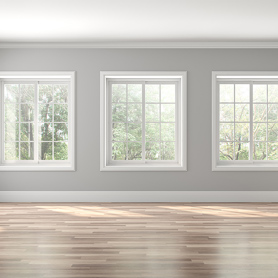3 Misconceptions about Property Insurance
Through our more than 40 years in the insurance industry, we’ve heard some truly solid insurance advice from the thousands of property and casualty agents who do business with us. Yet, clients form misconceptions about property insurance, and without some fundamental insights, misinformation can easily spread to your next lead. We’d like to discuss three misconceptions and help you set the record straight.
Misconception #1: Landlords don’t really need property insurance.
This advice is a no-brainer. Landlords risk countless exposures on their property investments. Regardless of whether they own a vacant structure or a tenant-occupied rental home (like a single-family home, duplex, triplex or fourplex), they need coverage to protect it. The most common risk for vacant structures is vandalism, comprising the majority of insurance claims. As for rental homes, tenants often increase the likelihood of manmade dangers like fire and smoke damage, as well as personal injury should a visitor be physically hurt due to the property conditions.
Misconception #2: Property insurance is one-size-fits-all, covering all clients’ specific needs right off the bat.
When your clients’ vacant or rental property is insured with a property policy like the landlord insurance or vacant dwelling product available through US Assure, they receive protection for common exposures such as:
- Vandalism
- Fire and smoke damage
- Losses due to lightning strikes
- Explosions
- Windstorms and hail
- Sprinkler leakage
- Sinkhole collapse
- Volcanic Action
- Aircraft and vehicles
Though this insurance product offers coverage for a majority of the exposures facing owners of vacant or rental property, insurance is rarely a one-size-fits-all solution. To help ensure your client’s property is properly insured, have a conversation about their exposures and the coverages that provide financial relief should a loss occur.
Through US Assure’s property insurance products, clients have access to either a basic form or a special form. The basic form can cover the exposures listed above. In the case of residential and commercial vacant structures, that includes up to $5 million in property limits, with $1 million in general liability limits (per underwriter approval). Well-maintained one to four family unit dwellings in need of rental home insurance for landlords have access to similar coverage and limits through the basic form.
The special form can include coverage for theft, and is suited to property less than 40 years old with no prior losses, within protection classes one through seven, and — should theft coverage be selected — the building must have an active central station fire and burglar alarm. Other protections available through the special form include glass breakage, falling objects, weight of snow, ice or sleet, water damage, and additional coverage for collapse.
Misconception #3: Being “a little off” on the valuation doesn’t make a difference.
To help ensure clients receive the appropriate claims coverage when a covered loss occurs, double-checking the valuation for the property is critical. While the property products available through US Assure offer actual cash value (ACV), agreed amount and replacement cost valuation, the property and location impact which valuation is available. If you’re not sure which valuation applies to your client’s project, contact an underwriter. However, sometimes the valuation error is caused by clients attempting to insure the purchase price or remaining mortgage, rather than the ACV. This amount is typically nowhere near enough, which leaves the client underinsured should a loss occur.
When it comes to property, questions left unanswered can cost your clients tremendously. For more answers about vacant structure and landlord insurance, and how coverage can protect your clients, download 10 Tips for Quoting Vacant and Rental Structure Insurance.
This is intended as a general description of certain types of insurance and services available to qualified customers. Your policy is the contract that specifically and fully describes your coverage. The description of the policy provisions gives a broad overview of coverages and does not revise or amend the policy.

Related Resources
View more
Take a closer look at rental home coverage and the top concerns about landlord insurance.

Get answers to agents' most frequently asked questions about vacant property insurance.

Uncover the questions you should ask any property carrier before starting an application.





